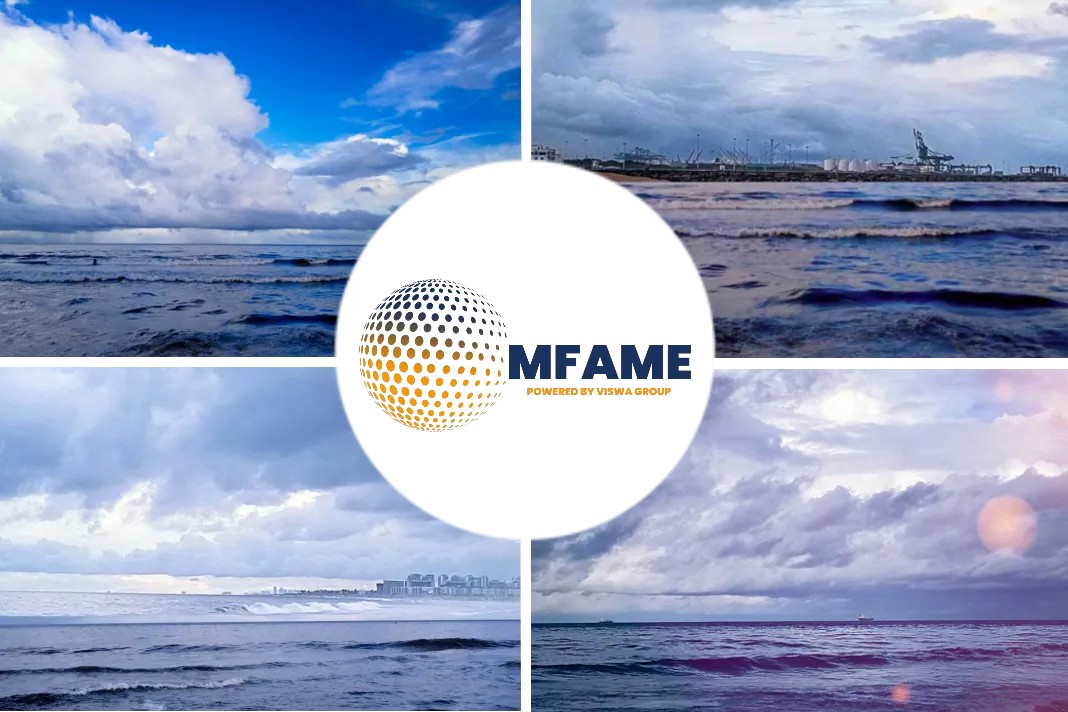
Container lines to make multi-pronged capacity reduction effort, reveals a Freight Week news source.
Evergreen and Yang Ming container lines
Bronson Hsieh, former chairman of both Evergreen and Yang Ming container lines, believes a multi-pronged capacity reduction effort will help carriers avoid a freight rate war as demand growth stalls.
Container lines will counter excess capacity and slow demand growth by deploying multi-faceted strategies to reduce slot supply, according to the former chairman of two of the world’s leading carriers.
Bronson Hsieh, former chairman of both Evergreen and Yang Ming container lines, told the latest episode of The Freight Buyers’ Club podcast [link here], produced in partnership with Dimerco Express Group, that carriers “know how to arrange” supply-side reductions and would do everything in their powers to “control redundant capacity” [see video].
This will include laying up ships, mass blank sailings and slow steaming to tie up more vessels and cut fuel costs.
Older vessels to be scrapped
He also expects older vessels of over 25 years of age, representing around 3% of the current global fleet, to be scrapped, a move which offers the added benefit of helping carriers cut emissions in line with the latest IMO requirements. “If those 3% of vessels is going to be retired next year, then that really would be very helpful to reduce [capacity] growth ratios,” he added.
Hsieh also predicted that carriers would increasingly re-route ships around the Cape of Good Hope “in order to digest more redundant vessels” on Asia-Europe services, a move that would also save substantial Suez Canal transit fees.
Combined these efforts will help bridge the substantial gap between vessel supply and container shipping demand growth this year and next, argued Hsieh.
The efforts will be needed to stem revenue losses following the collapse of spot rates on most trade lanes since the summer of 2022 due to bearish economic growth, rampant inflation and high inventories.
The container ship orderbook now totals over 7.0m TEU, according to Alphaliner, with the majority of the new vessels due for delivery over the next two years. Moreover, the top-11 container lines are scheduled to receive another 89 large mainlines vessels in the remaining ten months of 2023.
“This year will thus see the arrival of the box ship delivery ‘wave’ that follows the ordering frenzy of 2020 and 2021,” noted the analyst. “At least for the time being it looks as if all this extra tonnage will hit the liner trades at a time of faltering demand.”
A return of overcapacity
The result, it added, would be “a return of overcapacity” to container shipping.
Hsieh, whose career in container shipping has spanned some 45 years, offered insight into how carriers could stay profitable in the current downcycle.
Back in 2016 when container shipping was suffering a major downturn that pushed Hanjin Shipping into bankruptcy, Hsieh was tasked with preventing Yang Ming from suffering a similar fate.
As Chairman of Yang Ming, he quickly curtailed the acceptance of unprofitable cargoes. “Yang Ming’s vessels were always fully loaded,” he told The Freight Buyers’ Club podcast [see video]. “It looks good but the ocean freight they generate cannot cover their variable cost. That was the problem.
“When I see this, I realise this [is a] company I think I can manage.
He said that in 2016, the container shipping market was “very tough” and too soft to enable carriers to cover their fixed costs from freight rates. Instead, Hsieh told sales representatives to focus on finding cargo “that at least covers the variable cost” and to ditch customers that would not pay “reasonable ocean freight”.
“I give them very strict requirements,” he said. “That’s one of the most important reasons [why in] 2017 Yang Ming started to make money.”
Did you subscribe to our Newsletter?
It’s Free! Click here to Subscribe!
Source: Freight Week






















